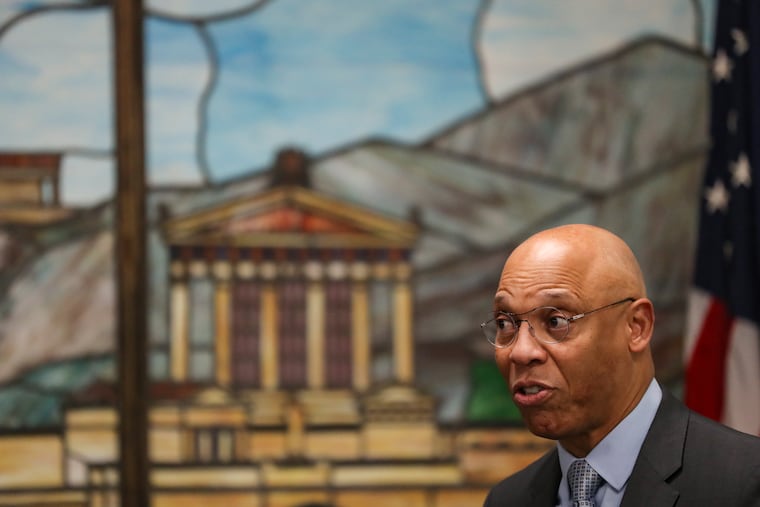Some Philly students may not be allowed to return to class this school year, Hite says
Some students will return Nov. 30, and more by February, but there is no timetable for when the remainder of district students — the majority of the 120,000-student school system — will come back.
